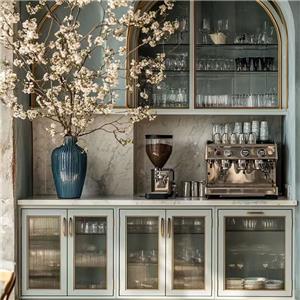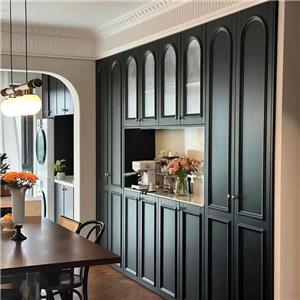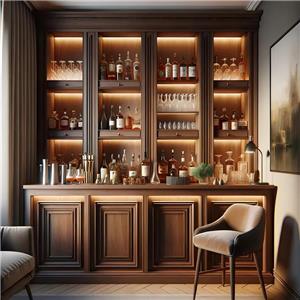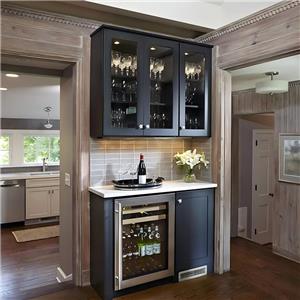How to remove moisture from built-in wardrobes?
Moisture is a problem that many families encounter in their daily lives, especially in areas with humid climates. Moisture not only brings discomfort to the home environment, but may also have adverse effects on furniture, clothing, and even health. As one of the common storage spaces in modern families, built-in wardrobes often become "hard-hit areas" for moisture accumulation due to their closedness and low frequency of use. So, how to effectively remove moisture from built-in wardrobes? This article will provide you with a comprehensive solution and analyze the causes, effects, and best methods of removing moisture.
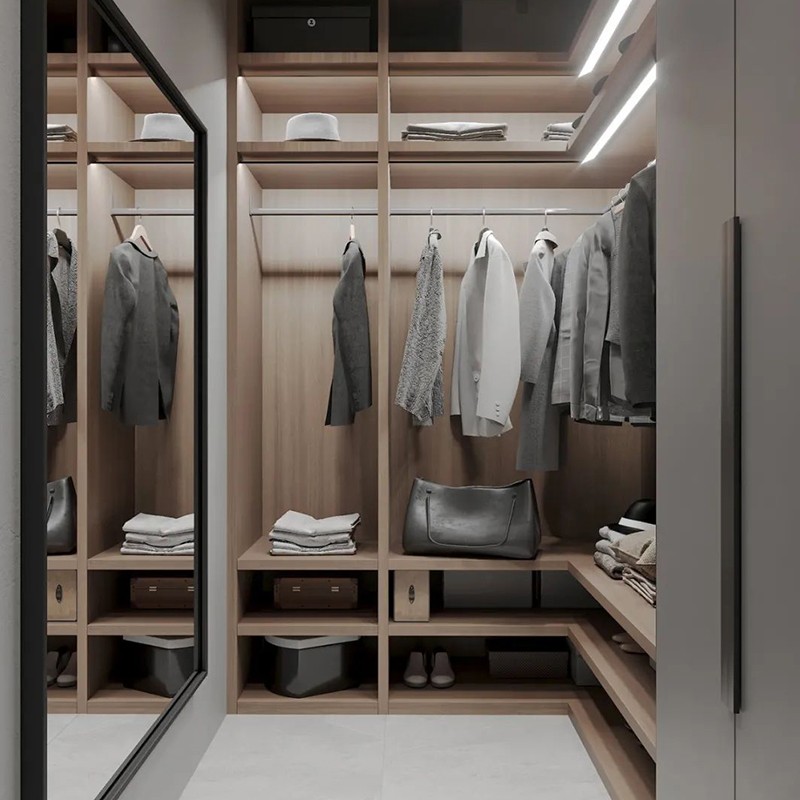
How does moisture affect built-in wardrobes?
The impact of moisture on built-in wardrobes is often more hidden, but if it is not resolved in time, the long-term accumulation of moisture will cause considerable trouble to the structure of the wardrobe, clothing, and even the health of the family. The following are some of the adverse effects that moisture may have on built-in wardrobes:
● Clothes get damp and moldy: Moisture is a hotbed for mold growth. Excessive moisture in the wardrobe can cause clothes to get damp and moldy. In particular, natural fiber clothing such as wool and silk are easy to absorb moisture and stay in a humid environment for a long time, causing the clothes to become smelly, moldy, and even damaged.
● Damage to wardrobe material: Moisture can also damage the structure of wardrobes, especially wooden wardrobes. Wood itself is hygroscopic. If exposed to a humid environment for a long time, wooden wardrobes may swell, deform, or even rot. In addition, moisture may cause the paint on the surface of the wardrobe to fade or fall off, affecting the appearance.
● Odor generation: Moisture accumulation can also cause moldy odors in the wardrobe, especially in stored items such as clothes and shoes. The humid air inside the wardrobe exacerbates this odor, which may fill the entire room with an unpleasant musty smell.
● Health hazards: Living in a humid environment for a long time may affect people's health. The growth of mold and bacteria can easily cause respiratory diseases such as allergies and asthma, especially for children and the elderly.
Sources of moisture
Understanding the source and cause of moisture can help to more effectively prescribe the right medicine and solve the problem of moisture in built-in wardrobes. The main sources of moisture are as follows:
● Weather factors: Excessive humidity is the biggest cause of humid environments. Especially in the rainy season or plum rain season, the humidity in the air increases, and the air humidity around the wardrobe also increases accordingly. If the wardrobe is not adequately ventilated, moisture will accumulate inside the cabinet, causing the clothes and cabinet to absorb moisture.
● Damp bathroom: If the built-in wardrobe is located near the bathroom, it is easily affected by the humid climate of the bathroom. Especially after taking a shower, the moisture in the bathroom often penetrates through the wall into the adjacent wardrobe.
● Poor ventilation: Built-in wardrobes are generally in a relatively closed environment, lacking natural ventilation and poor air flow, which can easily lead to moisture accumulation in the cabinet. Closed wardrobe doors and no vents behind them will aggravate the moisture problem.
● Damp ground: If the wardrobe is placed on a damp ground, especially if the ground is not well treated for moisture, moisture will rise from the ground, affecting the bottom of the wardrobe and the items inside.
● Moisture accumulation inside the wardrobe: When clothes are stored in the cabinet for too long, or when wet clothes are placed in the wardrobe and are not dried in time, moisture will slowly accumulate, increasing the risk of mold growth.
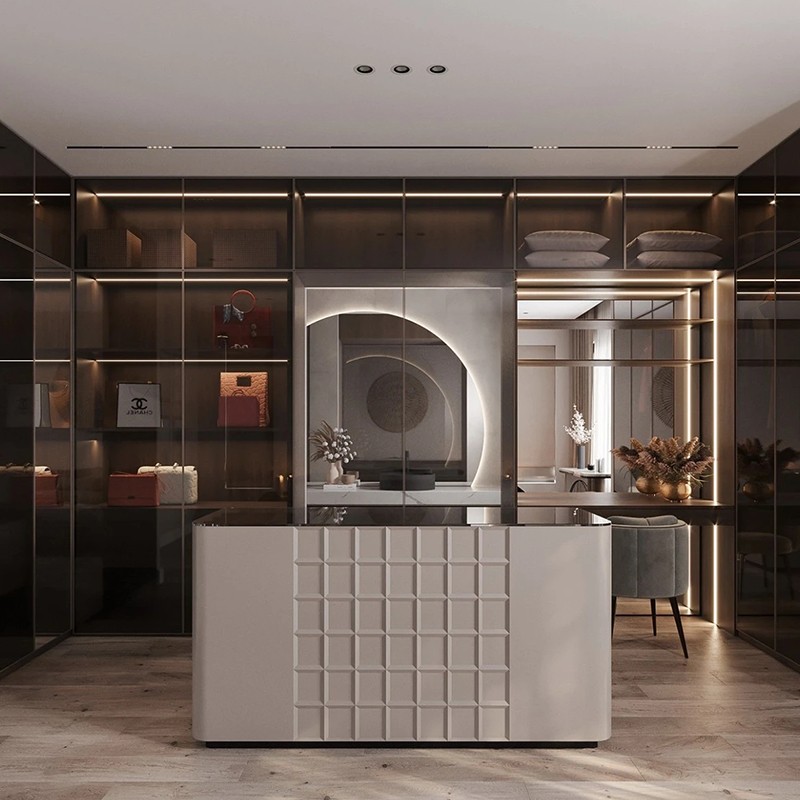
How to remove moisture from a built-in wardrobe?
Solving the problem of moisture in built-in wardrobes is not as simple as just cleaning the surface. It requires a combination of multiple methods to prevent moisture from invading from the source and take effective measures to remove the accumulated moisture. Here are some effective solutions:
Increase ventilation
Ventilation is the most effective way to prevent moisture accumulation. To keep built-in wardrobes dry, increase air circulation as much as possible. Here are some ways to enhance wardrobe ventilation:
● Install vents: Install vents at the top and bottom of the wardrobe, especially the bottom vents to help moisture escape from below. Ventilation can be done through small circular or long strip openings.
● Open door ventilation: Open the wardrobe door regularly to let the air flow in the room and help the moisture out. If the wardrobe is not in a suitable position, resulting in limited air circulation, you can also consider installing a ventilation fan to assist air circulation.
● Use a fan or air purifier: Installing a small fan or air purifier in the wardrobe can accelerate air flow and effectively remove moisture.
Use a dehumidifier
A dehumidifier is a device specifically designed to remove moisture from the air. Placing a dehumidifier around or directly inside your wardrobe can effectively absorb moisture from the air and reduce humidity. Modern dehumidifiers are small, portable devices that keep the air dry while reducing mold and odor.
Use moisture absorbent bags
Moisture absorbent bags are a convenient and common dehumidification tool. They are usually made of materials such as silica gel or activated carbon, which can effectively absorb moisture. You can place moisture absorbent bags inside your wardrobe, especially in places where moisture is likely to accumulate (such as the bottom of the cabinet and in the corners). Change the moisture absorbent bags regularly to keep your wardrobe dry.
Use desiccant and moisture repellent
Desiccant, such as silica gel, gypsum, activated carbon, etc., are very effective dehumidification tools. These desiccant can absorb moisture from the air, thereby reducing the humidity level inside the wardrobe. Common moisture repellents include moisture repellent paper, moisture repellent bags, etc., which not only absorb moisture, but also prevent the growth of odors and mold.
Make sure the floor is dry
If the floor at the bottom of the wardrobe is damp, moisture can easily seep into the wardrobe. To prevent this from happening, you can lay a moisture repellent mat at the bottom of the wardrobe or place a dehumidifier at the bottom of the wardrobe. Ensure that the bottom of the wardrobe is ventilated to prevent moisture from rising from the ground and affecting the inside of the wardrobe.
Clean the wardrobe regularly
Clean the dust and damp items in the wardrobe regularly to prevent moisture from accumulating for a long time. Especially when the seasons change, check the inside of the wardrobe to make sure that no wet clothes are stored in the wardrobe. If you find damp clothes, you should dry or wash them immediately to prevent moisture accumulation.
Improve humidity control in the home environment
The moisture problem in the home is not only in the wardrobe. The humidity of the entire living environment has a direct impact on the formation of moisture in the wardrobe. Therefore, controlling the humidity level of the whole family is the key to reducing moisture in the wardrobe. Humidity can be controlled in the following ways:
● Use air conditioning or dehumidifiers to keep the indoor humidity stable.
● Open windows for ventilation regularly, especially on rainy days, to try to avoid too much moisture in the room.
● In humid weather, use heaters or electric fans to help air circulation and reduce humidity.
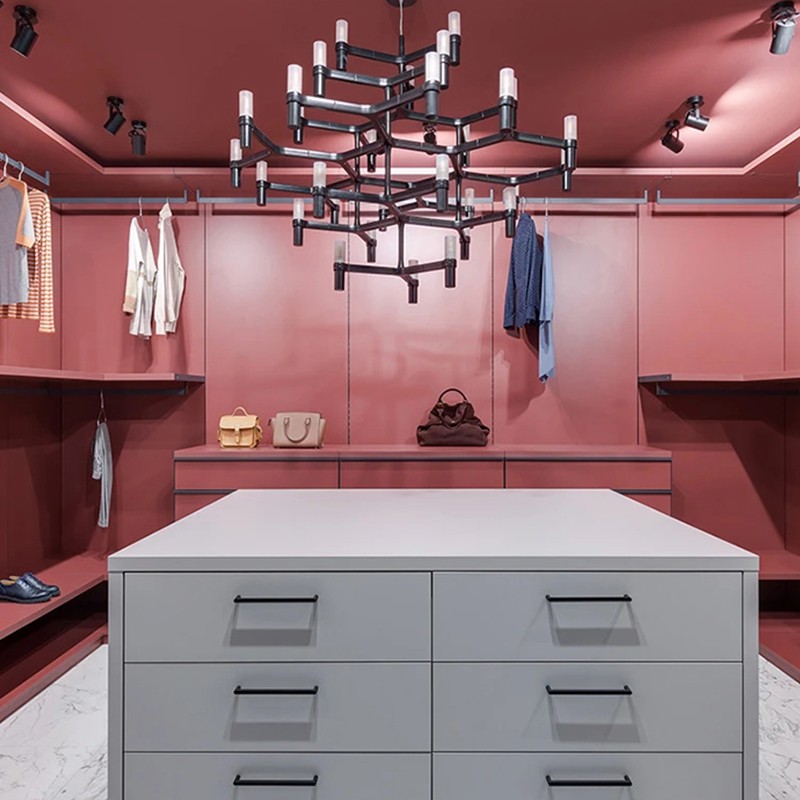
Professional solutions for excessive moisture
If the humidity in the home is serious and there is no obvious improvement using the above methods yourself, it is recommended to seek professional moisture treatment services. Professional air conditioning and humidity control services can solve your moisture problems through equipment adjustment and professional cleaning. In addition, if your wardrobe itself has a problem of poor sealing, or the moisture problem in the basement and walls of your home is more serious, the professional team can also provide comprehensive solutions such as moisture-proofing and dehumidification.
Redefining Custom Cabinets with Gagaluna
Gagaluna, located in China’s furniture hub of Foshan, offers a wide range of custom cabinetry and home furniture. From sleek wardrobes to luxurious wall panels, our factory specializes in personalized designs crafted from premium materials. Buyers benefit from affordable wholesale prices, exclusive promotions, and expert craftsmanship. Contact us today to learn more about our high-quality products.

